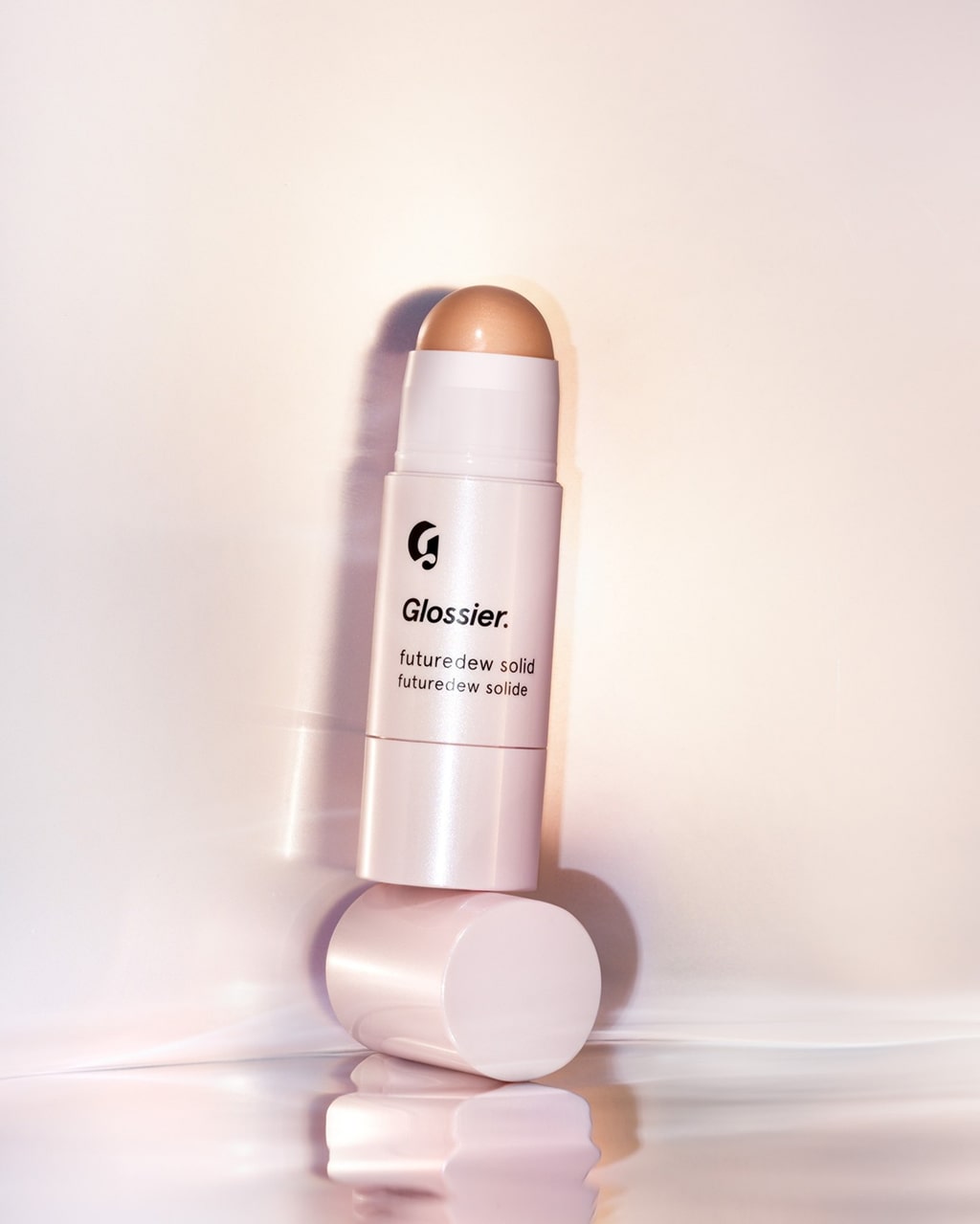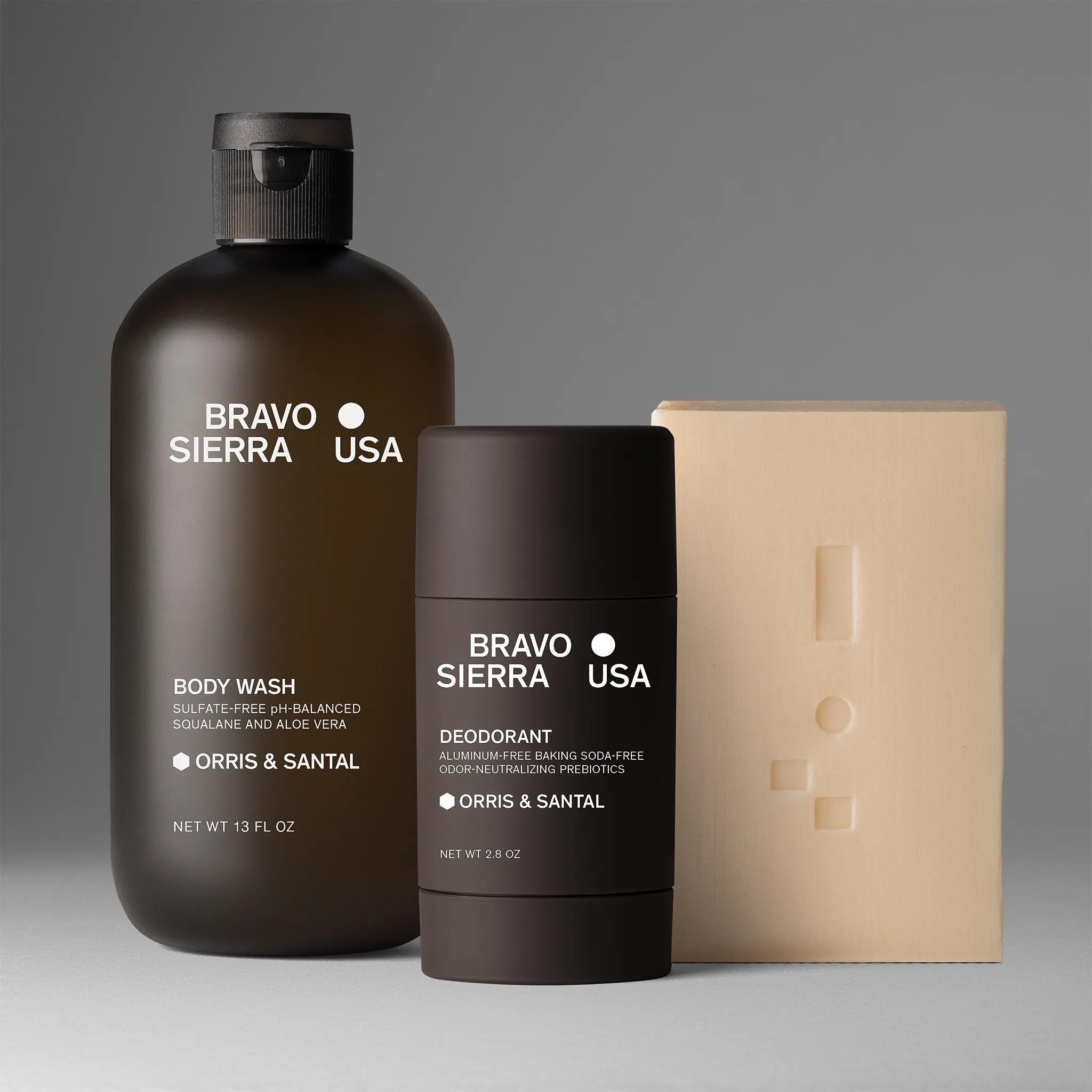Did you know that brands with consistent product visuals are set to outperform their competitors in 2025? As online shopping continues to grow more visual, product shot consistency is now a make-or-break factor for brand trust and sales.
Many brands struggle with mismatched lighting, uneven styling, and inconsistent editing. These issues can erode customer confidence and make even the best products look unprofessional.
Imagine a world where every product image feels seamless, recognizable, and instantly connected to your brand. That’s the power of product shot consistency — boosting conversion rates, saving time, and making your brand unforgettable.
In this guide, you’ll discover why consistency matters, the essential visual elements, an easy-to-follow workflow, the best tools, team strategies, and the top trends shaping 2025. Ready to elevate your product imagery? Let’s dive in.
Why Product Shot Consistency Matters in 2025
Product shot consistency is rapidly becoming a non-negotiable factor for successful brands in 2025. As digital storefronts replace physical ones, every image you publish shapes your reputation. Research indicates that a consistent brand presentation can increase revenue by 33%. That’s not a small number — imagine the impact of simply aligning your visuals.
The Impact of Consistency on Brand Perception
Consistent visuals are the secret sauce behind brands people instantly recognize and trust. Think about Apple’s crisp white backgrounds or Glossier’s soft pink hues — these brands have mastered product shot consistency, making their products instantly recognizible anywhere online.

Why does this matter? Every touchpoint, from your website to social media feeds, is an opportunity to make a lasting impression. Brands with strong product shot consistency build trust, which is the foundation for lasting customer relationships. Inconsistent imagery, on the other hand, can create confusion, damage credibility, and drive potential buyers elsewhere.
73% of consumers expect brands to consistently understand their needs and preferences across channels, and 71% are willing to switch brands if they don’t. Omnichannel marketing strategies thrive when there’s unity in product visuals, helping shoppers move from Instagram to checkout without missing a beat. As customer expectations evolve in 2025, product shot consistency is what sets brands apart in the crowded e-commerce landscape.
Want actionable advice on how to achieve this? Check out this guide for expert strategies that help brands maintain a cohesive look on their website.
The result isn’t just better-looking photos — it’s increased customer loyalty. When shoppers see the same quality and style everywhere, they’re more likely to trust your brand and return for repeat purchases.
Key Benefits for E-commerce and DTC Brands
Why invest in consistent product photography? The benefits are both immediate and long-term.
- Higher Conversion Rates - Cohesive visuals reduce buyer friction, making it easier for customers to say yes.
- Elevated Product Value - Consistency signals professionalism and attention to detail, increasing perceived value.
- Effortless Content Repurposing - Uniform shots are easier to adapt for marketplaces, ads, and social platforms.
- Streamlined Workflow - Standardized processes save time and cut production costs.
Ultimately, product shot consistency empowers e-commerce and DTC brands to scale with confidence. It’s not just about aesthetics — it’s about building a brand customers trust, remember, and recommend.
In 2025, flawless product shot consistency is your ticket to standing out and thriving in the digital marketplace.
Core Elements of Product Shot Consistency
Achieving flawless product shot consistency starts with mastering a handful of visual elements. Each component — from color to post-production — plays a unique role. Let’s break down the essentials every brand needs to nail.
Color Palette and Lighting
Color choices and lighting set the tone for consistent product shots. Studies reveal that color can boost brand recognition by as much as 80%. Brands like Tiffany’s blue or Mary Kay’s pink prove the power of a signature hue.
Standardizing your lighting setup is just as critical. Use the same bulbs, modifiers, and color temperature to eliminate unexpected variations. Consistent color and lighting make every product shot unmistakably yours, building recognition and trust with your audience.
Backgrounds and Props
Backgrounds are more than just scenery — they’re the stage for your brand story. Choose surfaces that reflect your identity, like wood, plexiglass, or textured fabric. Signature props, such as Le Labo’s industrial and raw surfaces, and wood textures.
For a detailed breakdown on standardizing your backgrounds, check out this White Background Studio Guide. Keep a catalog of approved props and textures to ensure every shoot aligns with your brand’s visual language and supports strong product shot consistency.
Model Selection and Styling
People connect with people. Consistent model choices reinforce your brand’s story and appeal to your ideal customer. Whether you use the same faces or a rotating roster, ensure styling — hair, makeup, and wardrobe — remains on-brand.
Embrace diversity while keeping visual harmony. Use mood boards and reference photos to brief stylists and models before every shoot. This approach strengthens product shot consistency and helps customers instantly recognize your brand.
Angles, Framing, and Composition
Uniformity in camera angles, framing, and composition is a cornerstone of product shot consistency. Develop detailed shot lists that specify the best angles for each product type.
Stick to standard aspect ratios and leave enough negative space to highlight your product. Use templates or physical guides to position items identically across collections. This method ensures your entire catalog looks clean, cohesive, and professional.
Post-Production and Editing
Editing is where consistency truly shines. Create and save presets for color correction, exposure, and retouching. Use batch editing to apply the same adjustments across multiple images.
Document your editing workflow in a shared guide, so every team member follows the same steps. Quality control checklists help spot any inconsistencies before final delivery, locking in flawless product shot consistency.
Step-by-Step Guide: Achieving Flawless Product Shot Consistency
Achieving flawless product shot consistency isn’t just about snapping great photos. It’s a methodical process that touches every stage of your workflow, from initial planning to final delivery. Here’s a practical, step-by-step guide to help your team create a visual signature that builds trust and drives sales.
Step 1: Define Your Visual Brand Guidelines
Begin by documenting every visual detail that distinguishes your brand. Collect your brand’s color codes, preferred fonts, and mood boards. These assets act as the foundation for your product shot consistency.
Create a dedicated style guide for photography. This should include reference images, clear dos and don’ts, and notes on the emotional tone you want each image to convey. Involve stakeholders from marketing, design, and product teams to ensure all voices are heard and aligned.
A solid style guide keeps everyone on the same page, no matter who’s behind the camera. The more detailed your documentation, the easier it is to replicate product shot consistency across campaigns.
Step 2: Standardize Photography Setups
Consistency starts in the studio. Choose lighting equipment and settings that deliver repeatable results. Save your lighting diagrams and mark your studio floors to ensure each shoot starts with the same setup.
Stick to the same camera models and lenses when possible. This reduces variables that can disrupt product shot consistency. If you shoot in multiple locations, provide each studio with identical gear and setup instructions.
Document every technical detail—camera height, distance from the subject, and light angles. These small steps make it easier to maintain product shot consistency, shoot after shoot.
Step 3: Select Consistent Backgrounds and Props
Backgrounds and props should reinforce your brand identity without distracting from the product. Source or create backgrounds — like signature wood, plexiglass, or fabric — that you can use repeatedly for a cohesive look.
Maintain a catalog of approved props and textures. This catalog acts as a quick reference for stylists and photographers, streamlining the search for the right visual elements. When you find a winning combination, stick with it to enhance product shot consistency.
For example, always using the same wood board for home goods or a signature color for beauty products creates a visual throughline that shoppers recognize instantly.
Step 4: Model and Styling Consistency
Model selection plays a huge role in product shot consistency. Choose models who reflect your brand’s target audience and values. While diversity is important, ensure each shoot maintains a visually coherent look through styling.
Set clear standards for hair, makeup, and wardrobe. Provide stylists and models with detailed briefs, including reference photos and mood boards. This helps everyone understand the intended look before stepping on set.
Revisit your style guide before each shoot to check for alignment. When your models and styling choices are consistent, your product shots tell a stronger, more unified story.
Step 5: Implement Uniform Shooting Angles and Framing
Create detailed shot lists specifying the angles, framing, and compositions for each product. Use templates or physical guides to help photographers consistently replicate the same look.
Keep product placement and camera heights consistent across collections. This approach makes product shot consistency measurable and repeatable. Consider using grid overlays or tape markers on your set to maintain alignment.
Maintaining the same aspect ratios and negative space in every image ensures your brand’s visuals look polished and professional. Product shot consistency here pays off in every ad and social post.
Step 6: Establish Editing and Retouching Protocols
Editing is where product shot consistency truly comes to life. Develop and save presets for color correction, exposure, and retouching in software like Lightroom or Photoshop. Use a naming convention like BrandName_Preset2025 so everyone can find and apply them easily.
Document your editing workflow step-by-step, including which filters, adjustments, and export settings to use. This documentation ensures that even new team members can maintain the same level of product shot consistency.
Quality control is key. Use a checklist to review every final image for alignment with your standards. For advanced workflows, explore High-End Retouching Techniques to refine details and achieve a flawless, uniform finish.
Step 7: Maintain a Reference Library
Archive all previous shoots in a dedicated reference library. This library is your team’s visual memory bank, providing benchmarks for future product shots.
Use these reference images to onboard new team members or external studios. When switching photographers or scaling production, a well-organized library makes it easy to maintain continuity.
Regularly update your reference library with new campaigns and best-in-class shots. This keeps your team inspired and aligned on what product shot consistency looks like for your brand.
Tools and Technology for Consistent Product Photography
Achieving flawless product shot consistency in 2025 demands the right blend of technology and workflow. As brands scale across channels, leveraging innovative tools is the difference between scattered visuals and a cohesive brand presence.
Digital Asset Management (DAM) Systems
DAM systems are essential for organizing, storing, and retrieving visual assets. By keeping all reference images, guidelines, and final product shots in a central hub, teams can maintain product shot consistency across campaigns.
Version control features help track updates, ensuring only the latest standards are used. Quick search and tagging make it easy to pull up past shoots or style references, reducing the risk of visual drift as your content library grows.
Photography Workflow Software
Planning is everything when it comes to product shot consistency. Workflow software lets teams create detailed shot lists, assign tasks, and track progress — all in one place.
Many platforms offer templates for recurring shoots, making it simple to replicate winning setups. Automation features, like scheduling reminders or batch approvals, free up time for creativity while minimizing human error. Collaboration tools keep everyone on the same page, whether on-site or remote.
Presets and Editing Automation
Photo editing software, such as Lightroom and Photoshop, allows teams to create custom presets for color correction, exposure, and retouching. By applying the same preset to every image, you lock in product shot consistency at scale.
AI-powered tools now automate background removal and fine-tune adjustments with a single click. Batch processing ensures every photo meets your brand’s standards, even as your catalog expands.
Studio Equipment and Accessories
Consistency starts with the right gear. Using the same camera models, lenses, lighting kits, and backdrops across shoots builds a uniform look.
Color calibration tools ensure that what you see on-screen matches the final output, reducing surprises in post-production. Investing in high-quality accessories pays off in repeatable, professional results. Standardizing your studio setup saves time and eliminates guesswork for every shoot.
Remote Collaboration Tools
Distributed teams are the norm in 2025. Remote collaboration platforms enable stakeholders to join live shoots, provide instant feedback, and review edits in real-time.
Secure file sharing and annotation features keep everyone aligned, no matter where they are. This technological advantage helps brands maintain product shot consistency even when working with global teams or external partners.
Building a Consistent Product Photography Team and Process
Building a reliable team and process is the backbone of product shot consistency. Even with the best equipment, maintaining a uniform look across hundreds of images is nearly impossible without a cohesive workflow and clear roles. Let’s break down what it takes to get your team and process in shape for 2025.
Team Structure and Roles
A well-defined team structure is crucial for product shot consistency. Assigning clear roles — photographer, stylist, retoucher, producer, and project manager — ensures each step of the process is covered.
- Photographer - Handles camera work, lighting, and composition.
- Stylist - Manages props, backgrounds, and product arrangement.
- Retoucher - Polishes images for a uniform look.
- Producer/Project Manager - Oversees timelines, budgets, and communication.
Documenting responsibilities streamlines collaboration and avoids confusion. This structured approach makes product shot consistency achievable, even as your catalog grows.
Training and Onboarding
Practical training and onboarding are vital for long-term product shot consistency. Every new team member should receive a thorough introduction to your brand guidelines, style guides, and visual standards.
Regular workshops help keep skills sharp and ensure everyone understands the latest protocols. Use onboarding checklists and reference libraries so new hires can quickly align with your expectations. Encourage open communication—questions and feedback should be welcomed.
By investing in education, you empower your team to deliver consistent results, even when scaling or adapting to new trends. Consistency thrives when everyone is on the same page, reducing costly retakes and workflow disruptions.
Quality Assurance and Feedback Loops
Quality assurance is the safety net for consistency in product photography. Implement detailed review checklists at every stage — shooting, editing, and final delivery.
- Double-check color accuracy and lighting uniformity.
- Review composition and framing for alignment with guidelines.
- Solicit feedback from stakeholders and, where possible, customers.
Establishing feedback loops enables teams to identify and address issues early, allowing for continuous improvement. Documenting lessons learned from each project builds a knowledge base that strengthens future shoots. This ongoing process guarantees that your product images always meet your brand’s bar for excellence.
Outsourcing vs. In-House Production
Choosing between in-house production and outsourcing impacts product shot consistency. In-house teams offer direct control, quick feedback, and seamless alignment with your brand culture.
Outsourcing to specialized studios or freelancers can scale production rapidly and tap into unique expertise. However, it requires clear briefs, reference images, and robust communication to maintain your standard.
Consider your brand’s needs, budget, and growth plans. For some, a hybrid approach works best — internal teams handle key products, while partners manage overflow. Whichever route you choose, ensure that every contributor follows your guidelines to uphold product shot consistency.
Future Trends: Product Shot Consistency in 2025 and Beyond
Brands are challenged to keep up with new technology and evolving consumer expectations, all while maintaining visual harmony across every touchpoint. Let’s explore the trends shaping the future and how you can stay one step ahead.
AI and Automation in Product Photography
AI is transforming product shot consistency through smart editing tools and automated workflows. AI-powered platforms can now handle background removal, color correction, and even retouching at scale. This not only speeds up production but also ensures every image aligns with your brand’s visual guidelines.
Brands leveraging automation enjoy:
- Faster turnaround times
- Lower production costs
- Consistent results, even with high volumes
Expect these technologies to become essential for any brand prioritizing product shot consistency.
Personalization vs. Consistency
Balancing personalized experiences with product shot consistency is a growing challenge. In 2025, brands must deliver tailored visuals for segmented audiences without sacrificing their signature style. Dynamic content generation tools enable customization while preserving core brand elements.
Want to add creative flair without losing cohesion?Explore 7 Creative Product Photography Ideas, which can inspire variety within a consistent framework.
Sustainability and Ethical Considerations
Sustainability is influencing every aspect of product shot consistency. Brands are choosing eco-friendly props, reusable backgrounds, and energy-efficient lighting. Ethical considerations also extend to the inclusive selection of models and the responsible sourcing of materials.
Simple steps to boost your sustainability:
- Use recycled or natural materials for props
- Choose diverse talent for shoots
- Minimize waste with digital planning
These choices help you maintain product shot consistency while appealing to conscious consumers.
Cross-Platform Adaptation
With shopping experiences expanding into AR, VR, and 3D, product shot consistency must translate across new digital platforms. This means adapting images for different aspect ratios, resolutions, and interactive formats.
Key strategies include:
- Creating master files in high resolution
- Designing flexible templates for marketplaces, social, and immersive channels
- Regularly updating guidelines for new tech
Staying agile ensures your product visuals remain consistent everywhere.
Data-Driven Creative Decisions
Analytics are now at the heart of refining product shot consistency. Brands are using real-time A/B testing and performance tracking to identify which visuals drive engagement and sales. According to research, high-quality product photos boost conversions and customer trust, making data-backed decisions even more crucial.
Harnessing data helps teams:
- Optimize visual guidelines
- Test new styles without risking brand integrity
- React quickly to market changes
Preparing for Future Consumer Expectations
Consumers in 2025 expect immersive, visually cohesive experiences wherever they shop. Brands must anticipate emerging trends in storytelling and adapt their guidelines to accommodate new technologies and platforms. Remaining flexible with your approach to product shot consistency means you’ll be ready to evolve as consumer preferences shift.
Stay proactive, invest in learning, and keep your team aligned to maintain a competitive edge in the years ahead.
Now that you know what it takes to achieve flawless product shot consistency, why not put these strategies into action for your own brand? Whether you’re refining your guidelines, streamlining your workflow, or scaling up your visual content, having the right team and tools makes all the difference. We’ve helped 2500+ brands turn their vision into polished, professional product photography — on time, every time. If you’re ready to elevate your visual branding and want results you can count on, let’s get started together.

Product A
SQUARE SHOT





























